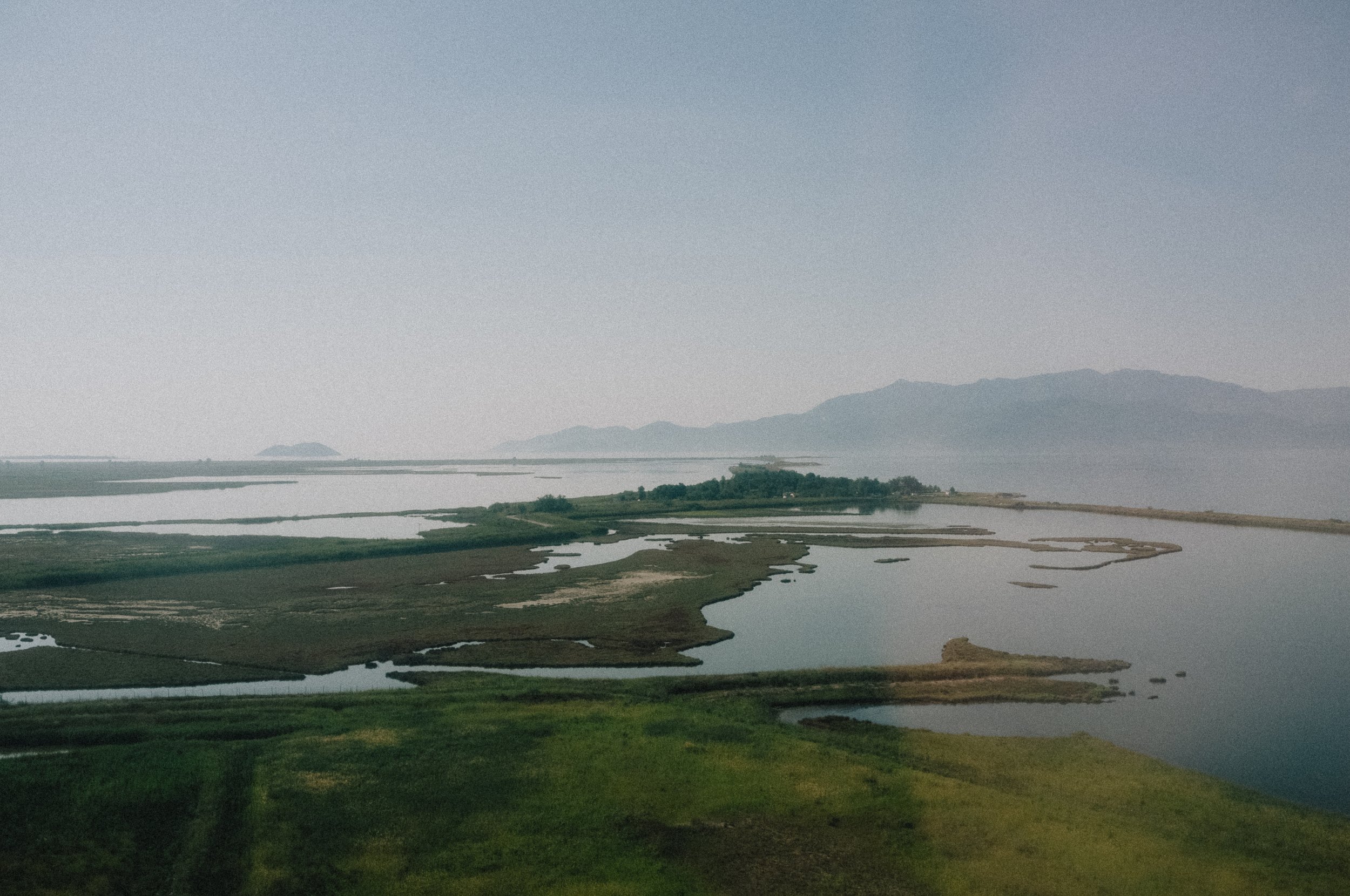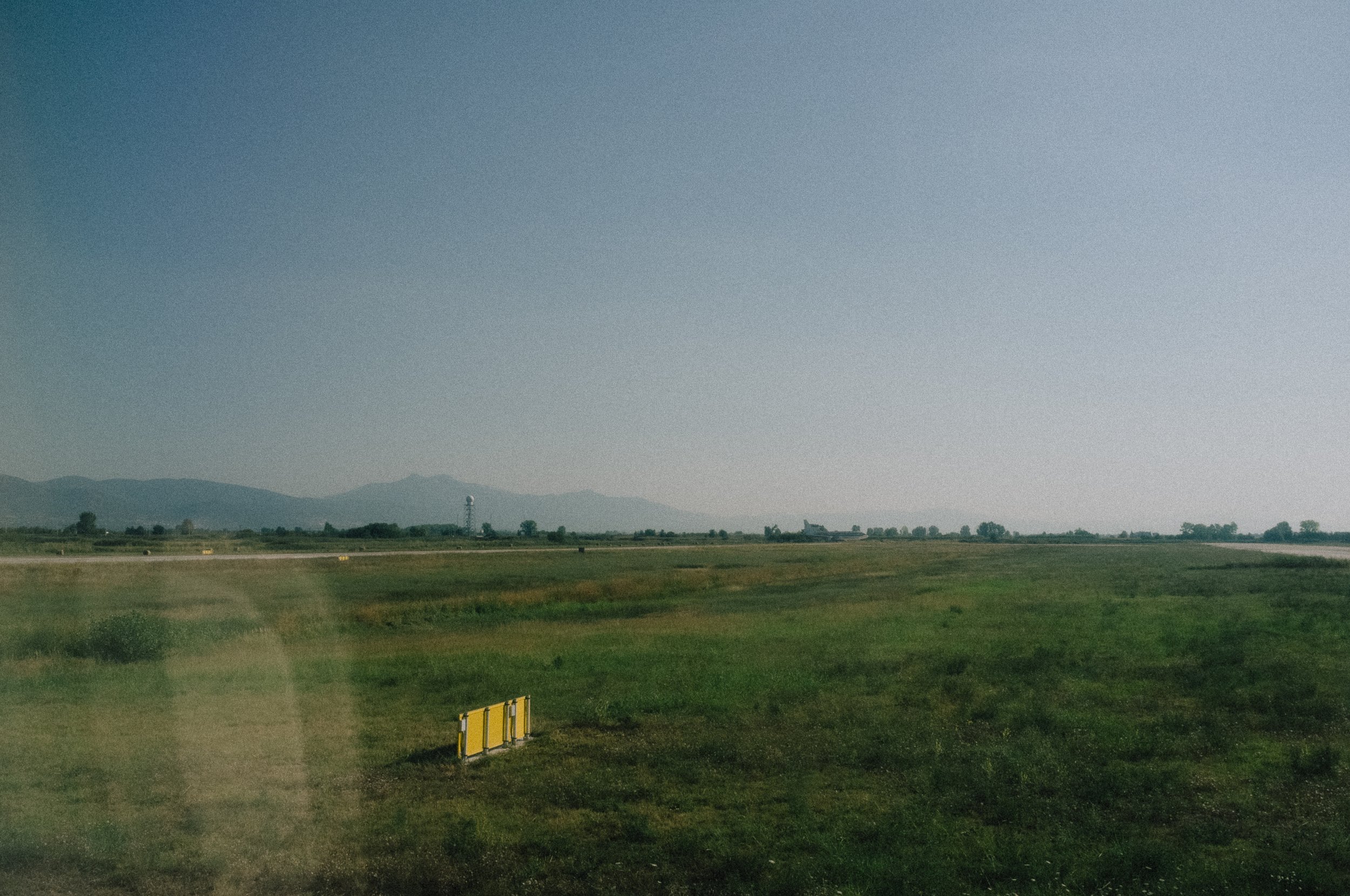The original FUJIFILM X100.

The Revival of the X100: A Journey with a Classic.
In 2022, I rediscovered my love for a camera that had always intrigued me—the original 2011 FUJIFILM X100. Despite initially dismissing it as a mere toy compared to my beloved Canon 5D Mark II, I found myself reaching for the X100 more frequently due to its compactness and lightweight nature. Even after transitioning from Canon to the FUJI ecosystem, I always felt a void without an X100 by my side.
After weeks of searching, I finally obtained a well-preserved copy of the original X100, vowing never to part with it again. This marked the fourth and final X100 in my possession, and it was the first model that had captivated me from the beginning, disregarding subsequent iterations like the X100S, T, F, and V.
Embracing the Leica Experience.
Each year, the few days I spend in Greece are a personal highlight. In the past, I carried my entire Canon 5D gear with me, burdened by a heavy backpack filled with lenses and equipment. Seeking a creative solution, I challenged myself to embark on my trip with only one camera: a Leica M8. Unfortunately, the Leica didn't arrive in time for my journey, so in a spur-of-the-moment decision, I slung my X100 around my neck, stashed a few batteries and a charger in my backpack, and embarked on my adventure.
The X100 became my trusted companion as I waited at the airport, quickly adjusting the settings and then never delving into the menu again. I opted for the EVF/OVF viewfinder and treated the camera like an old film companion, taking my time to focus, recompose, and capture each shot. There was something remarkably liberating about using this compact camera.
The Perfect Imperfections.
Admittedly, the X100 had its shortcomings. The focus was slow and imprecise, and saving an image took an eternity. The dynamic range couldn't compete with modern cameras. However, by understanding and accepting these limitations, the X100 transformed into the perfect tool. If one is a skilled photographer, no other camera is necessary to capture exceptional images.
My Preferred X100 Settings.
My adjustments to the X100 were minimal. I set the white balance to "daylight," a habit I follow with all my cameras, and chose the "Astia" film simulation for pleasant colors when using the EVF. I exclusively shot in raw format, unsure of my post-processing workflow. Establishing an accurate white balance for such a long-term project was crucial, as it allowed the distinct mood of each shot to shine when reviewing the images. If any picture appeared peculiar, Adobe Lightroom always provided the option to make adjustments.
The Advantage of a Leaf Shutter.
The X100's leaf shutter is a feature I never truly appreciated until now. Its silent and discreet nature allows for photography without disturbing those nearby. On a recent flight, I captured numerous moments without causing any inconvenience to my fellow passengers. The Leica M8, in contrast, would have made such inconspicuous photography impossible.
Embracing the Film Aesthetic.
Critics often lament the perceived shortcomings of the X100's fixed 35mm-equivalent lens. However, I have grown fond of its qualities. Perhaps my only mistake was using a Tiffen Black Pro Mist 1/4 filter throughout my journey; I should have opted for the 1/8 version or left the lens unprotected. At f/2, the lens delivers a soft and dreamy look reminiscent of vintage film cameras, featuring a coveted "glow" many photographers adore. When stopped down to f/2.8 or less, the glow suddenly disappears while contrast and sharpness increase.



Impressions after travelling.
I have always been the kind of photographer who favors the "50mm full frame" focal length, so initially, I struggled to adapt to the 35mm equivalent focal length of the X100. However, I soon realized that it was the perfect focal length for documenting my everyday life. Its wider field of view effortlessly captures the essence and atmosphere of a scene. Interestingly, even with my Leica rangefinders, I still find myself grappling with using the 35mm focal length.
Honestly, when it comes to travel companions, I can't think of a better camera than the original FUJIFILM X100. It is incredibly small, lightweight, and produces small file sizes. One advantage it has over other FUJI X cameras is its traditional Bayer sensor, which allows me to edit the files easily in Adobe Lightroom using my favorite profiles and presets, without deviating too much from the visual style I'm accustomed to as a Leica shooter.
Without further ado, I invite you to explore a gallery of photos I captured with my beloved X100 during my summer in Greece in 2022.




















































































































